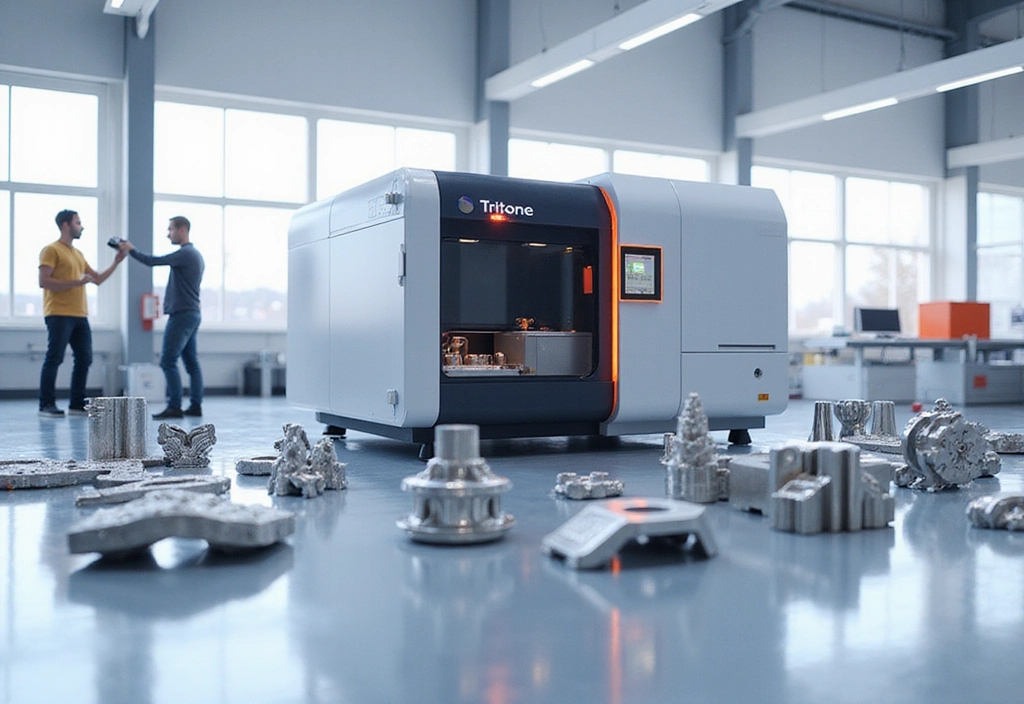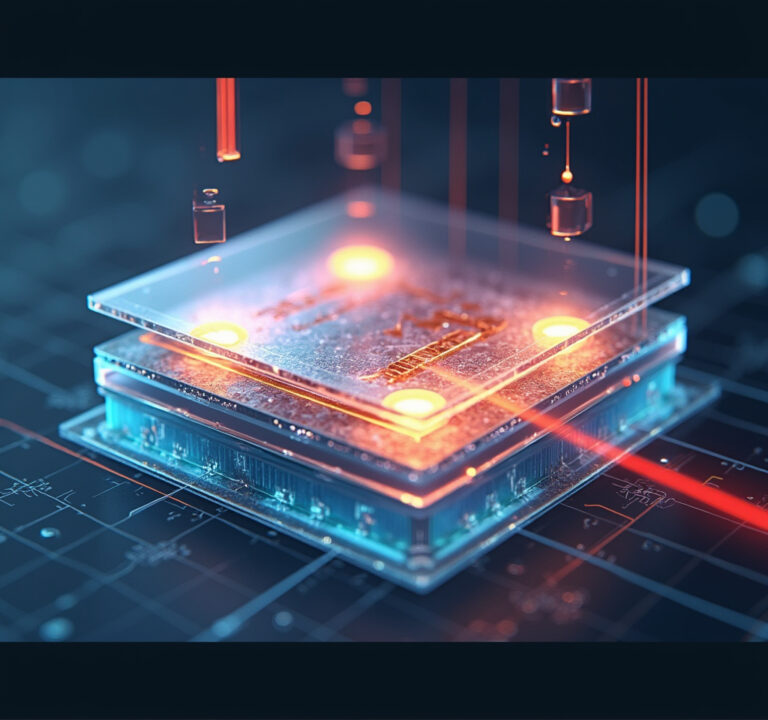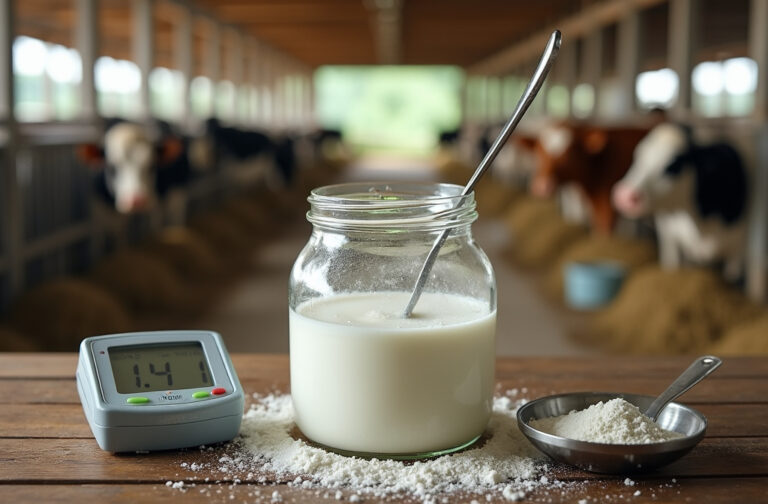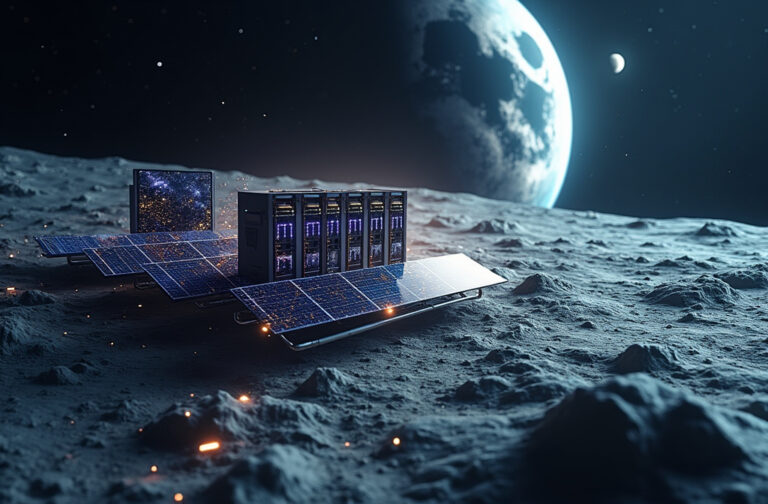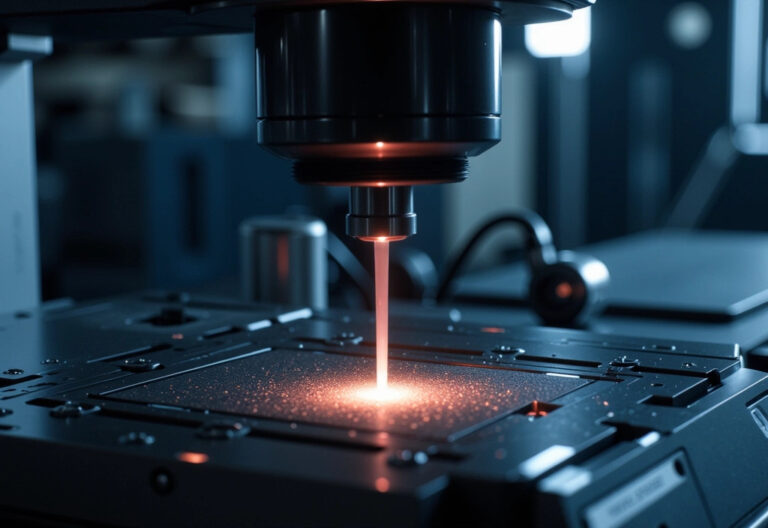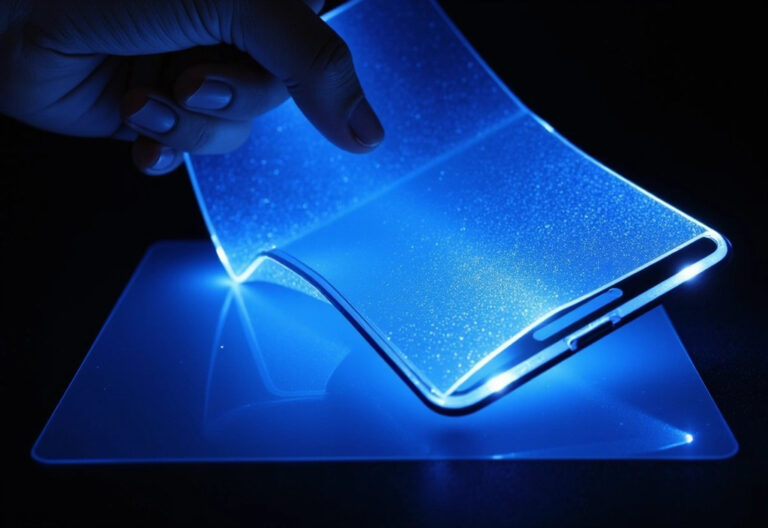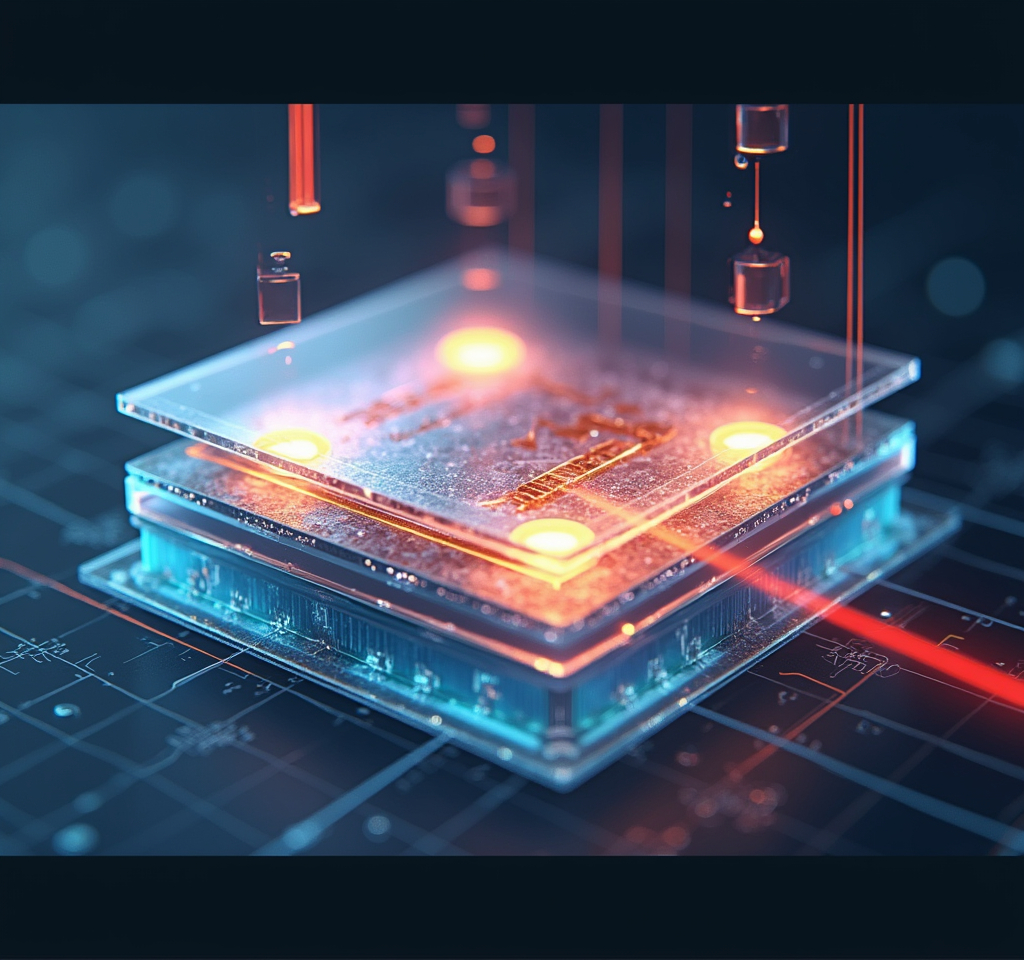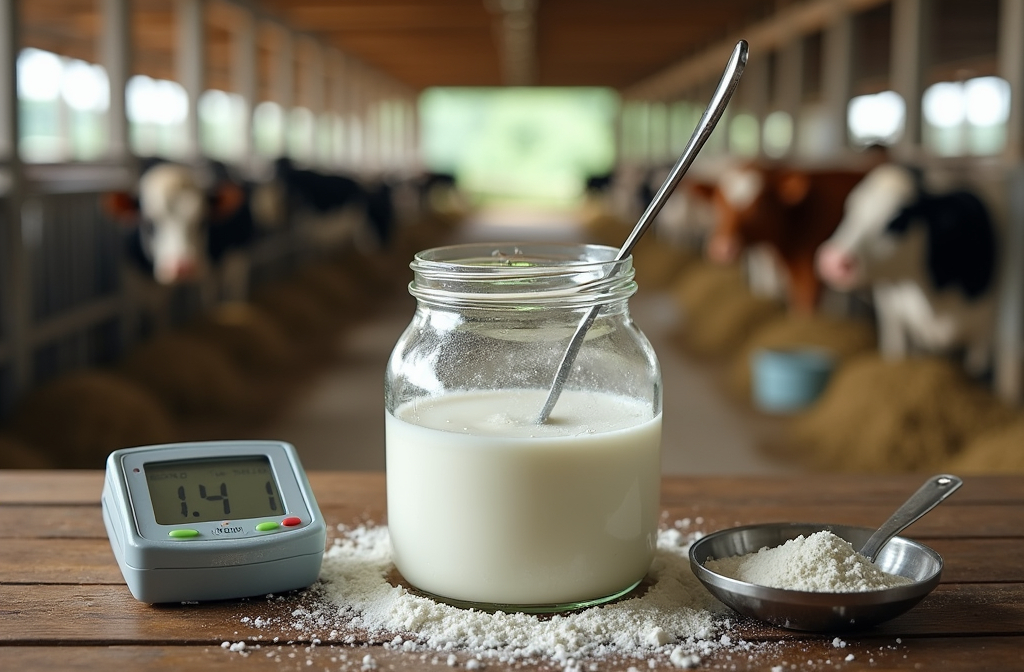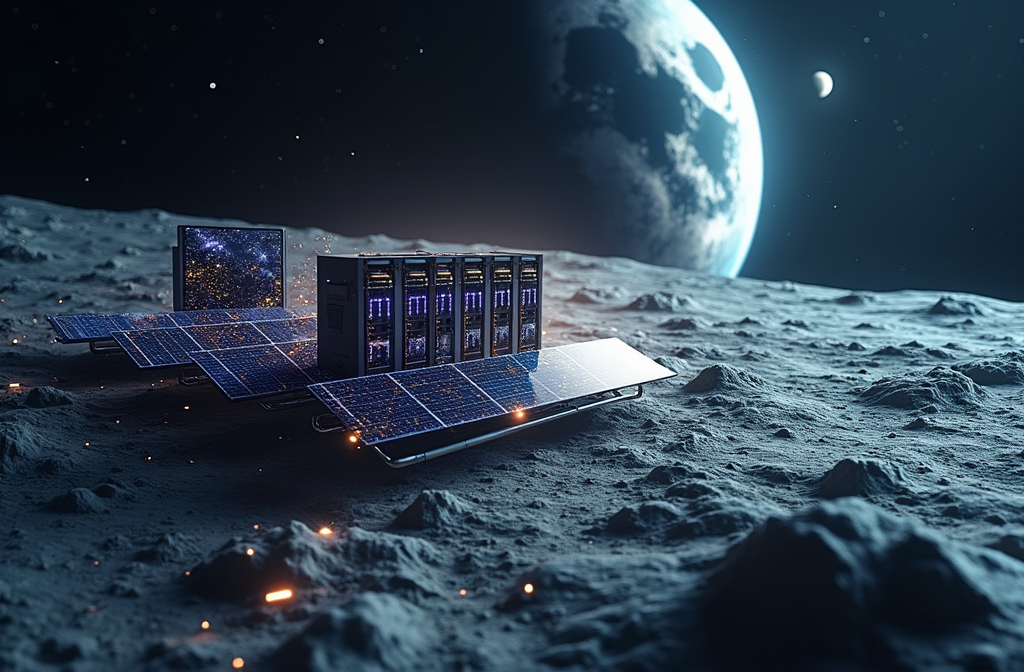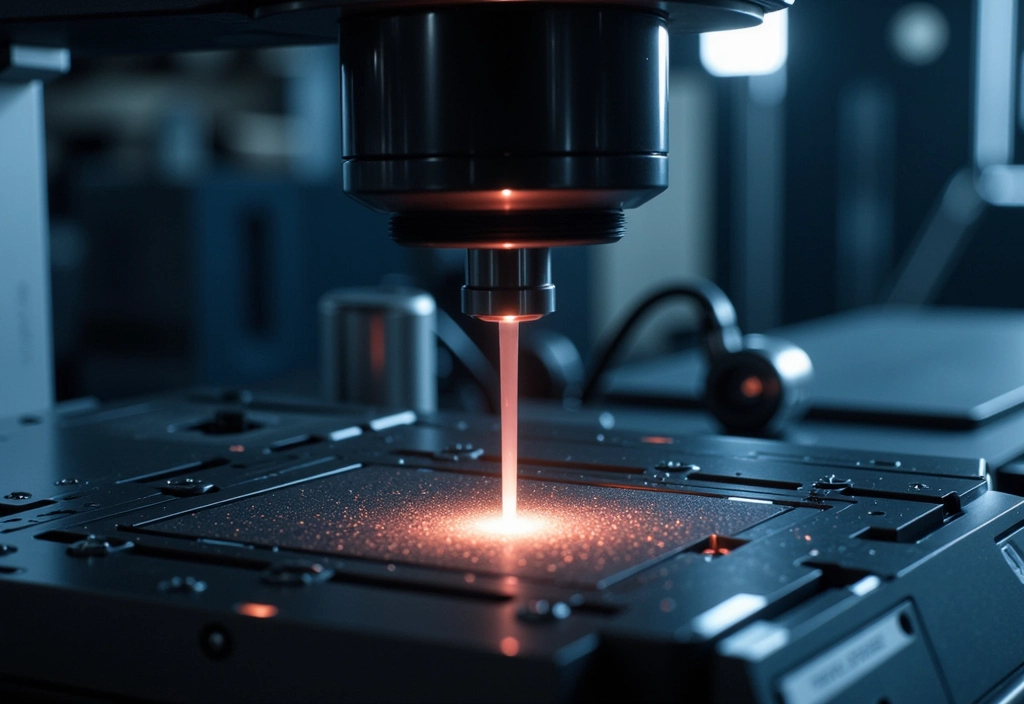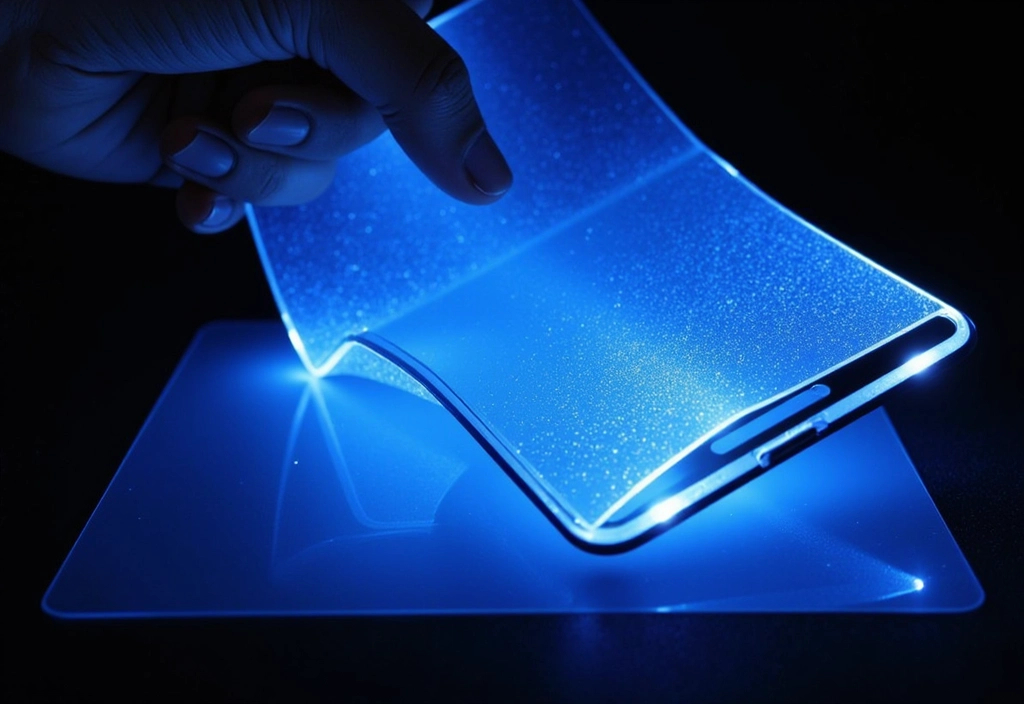In the rapidly evolving landscape of additive manufacturing, Tritone Technologies has emerged as a leader with its innovative MoldJet technology. This groundbreaking approach to metal and ceramic printing is not only powder-free but also offers high throughput production capabilities, making it an ideal solution for industries such as automotive, aerospace, medical, and consumer electronics.
The Challenges of Traditional Metal Printing
Traditional metal additive manufacturing often involves powder bed fusion or binder jetting, which can be cumbersome due to the handling of metal powders. These methods require specialized environments to manage powder exposure and can be limited in material selection, making material changeovers time-consuming and costly.
Tritone’s MoldJet Technology: A Game-Changer
Tritone’s MoldJet technology addresses these challenges by using a paste-based feedstock, eliminating the need for loose powders. This approach not only enhances safety but also simplifies material changeovers, which can be completed in as little as 20 minutes. The process involves printing molds with a wax-like polymer, followed by the application of metal paste, allowing for the production of complex geometries without support structures.
Key Benefits of MoldJet Technology:
- Powder-Free Process: Ensures a safe and clean industrial environment, reducing health risks associated with powder exposure.
- High Throughput Production: Enables the simultaneous production of multiple parts, ideal for low to medium volume manufacturing needs.
- Material Flexibility: Supports a wide range of metals and ceramics, including copper, stainless steels, titanium, and high-temperature alloys.
- Complex Geometries: Allows for the creation of parts with undercuts or internal channels without support structures.
- High Density and Mechanical Properties: Achieves densities above 99% after sintering, ensuring robust and reliable parts.
Applications Across Industries
Tritone’s technology is versatile and has applications across various sectors:
- Automotive: Producing lightweight yet robust components for improved vehicle performance.
- Aerospace: Creating complex parts with precise geometries for aircraft and spacecraft.
- Medical: Manufacturing customized implants and surgical instruments with high precision.
- Consumer Electronics: Developing intricate components for electronic devices.
Conclusion
Tritone’s MoldJet technology represents a significant leap forward in metal and ceramic additive manufacturing. By offering a powder-free, high-throughput solution with flexible material options, Tritone is poised to revolutionize production processes across multiple industries. Whether you’re looking to streamline manufacturing, enhance product quality, or reduce environmental impact, Tritone’s innovative approach is certainly worth exploring.
Check out the cool NewsWade YouTube video about this article!
Article derived from:
Drutz, A. (2025, March 2). MoldJet Technology – Tritone Technologies. Tritone. https://tritoneam.com/moldjet-technology/
Lavi, G. (2024, October 13). Industrializing metal Additive manufacturing. 3D Alliances. https://www.3dalliances.com/post/industrializing-metal-additive-manufacturing
Osborne, A. (2023, November 3). MoldJet technology enables High-Throughput metal, ceramic additive manufacturing. Gardner Business Media, Inc. https://www.additivemanufacturing.media/products/moldjet-technology-enables-high-throughput-metal-ceramic-additive-manufacturing
adia. (2024, July 5). Exploring the Benefits of Metal Additive Manufacturing with Tritone Technologies’s MoldJet – adia. adia – 3D Printing Solutions. https://adiatech.com/2024/07/08/exploring-the-benefits-of-metal-additive-manufacturing-with-tritone-technologiess-moldjet/

